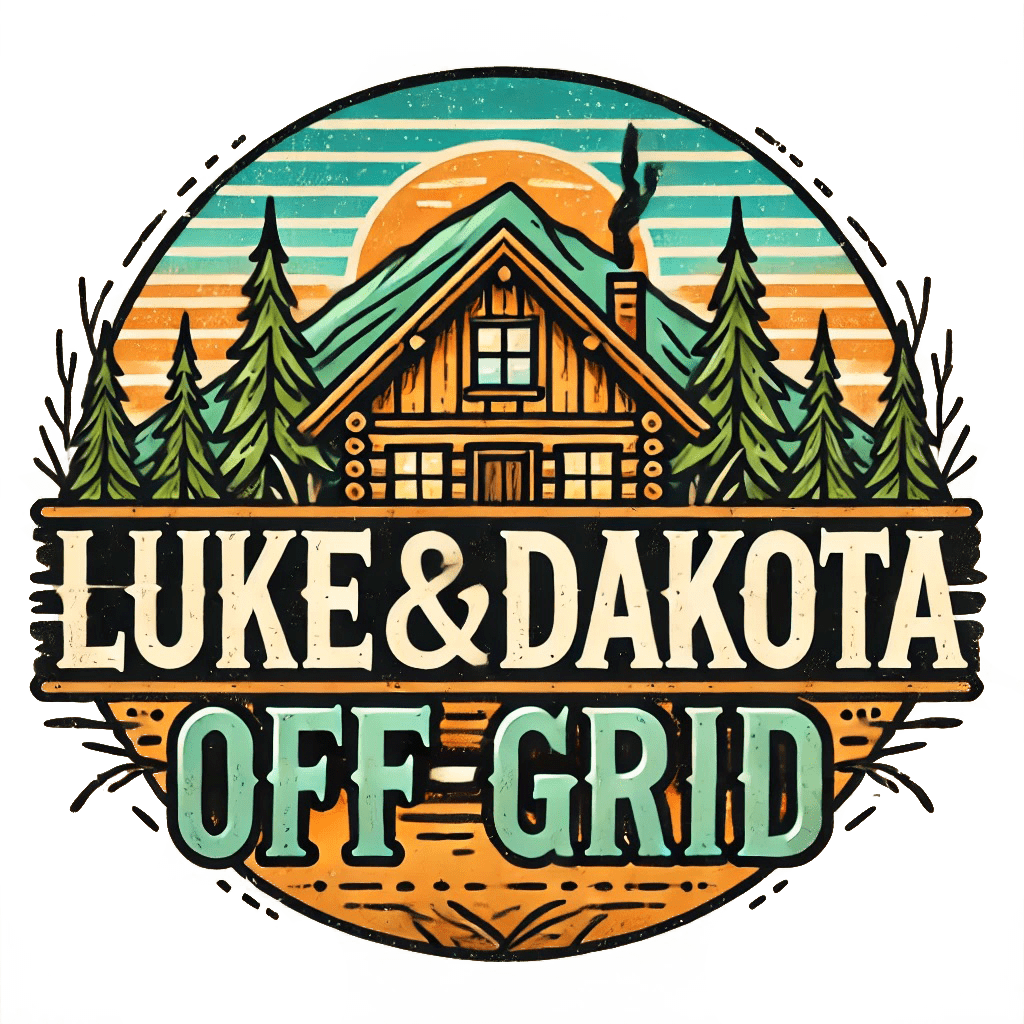Building a greenhouse is an exciting project that promises year-round gardening and sustainable food production. However, the materials, framework, and tools you choose will significantly impact the durability, efficiency, and functionality of your greenhouse. This guide dives deep into selecting the best materials, designing a sturdy framework, and equipping yourself with the right tools to build a greenhouse that stands the test of time.
Why Material Selection Matters for Your Greenhouse
The materials you choose for your greenhouse affect its ability to withstand the elements, retain heat, and let in sufficient light for your plants. Choosing the right materials depends on your budget, climate, and gardening goals.
Framework Materials
The framework is the backbone of your greenhouse, and its material must strike a balance between durability, cost, and ease of assembly.
- Wood is a popular choice due to its affordability and natural aesthetic. Treated wood can resist rot and pests, making it suitable for most climates. However, untreated wood may require regular maintenance to prevent decay.
- Aluminum is lightweight, rust-resistant, and requires minimal upkeep, making it ideal for a long-lasting structure. While the initial cost is higher, its durability often justifies the investment.
- PVC Pipes offer a budget-friendly option, especially for small greenhouses. They’re easy to work with and perfect for DIY projects. However, they may degrade under prolonged exposure to UV rays and are less sturdy in windy or snowy conditions.
Glazing Materials
The glazing, or covering, determines how much light enters the greenhouse and how well it retains heat.
- Polycarbonate Panels provide excellent insulation and UV protection. They are lightweight, impact-resistant, and ideal for harsh climates.
- Glass is the traditional choice, offering high light transmission and an attractive appearance. While effective, it’s heavy, breakable, and more expensive to install.
- Polyethylene Film is an economical option, making it popular for small or temporary greenhouses. It’s flexible and lets in ample light but may need frequent replacement.
Designing the Ideal Greenhouse Framework
The design of your greenhouse is just as important as the materials you use. A well-thought-out framework ensures stability, maximizes growing space, and accommodates your climate conditions.
Common Greenhouse Designs
- Hoop Houses feature a curved design created using metal or PVC pipes. They are cost-effective and easy to construct, making them a favorite for DIY enthusiasts. However, they may require reinforcement to withstand heavy snow or strong winds.
- A-Frame Greenhouses offer a triangular structure with sloping sides, perfect for shedding snow in colder regions. While sturdy, the angled walls reduce interior growing space.
- Geodesic Domes are renowned for their energy efficiency and unique aesthetic. Their spherical shape distributes weight evenly, making them incredibly durable. However, their complex assembly requires precise measurements.
- Lean-To Greenhouses attach to an existing building, utilizing its structure for support. This design is space-saving and allows for easy access to utilities like water and electricity.
When choosing a design, consider your climate, available space, and budget. For regions with heavy snowfall, an A-frame or geodesic dome is more reliable than a hoop house. For smaller gardens, a lean-to design may be the most practical choice.
Essential Tools You Need to Build a Greenhouse
Using the right tools can make or break your greenhouse project. Before starting construction, gather the essential tools for measuring, cutting, and assembling your materials.
Measuring and Cutting Tools
Accurate measurements ensure that your materials fit together seamlessly, avoiding costly mistakes. A tape measure is indispensable for this step. For cutting wood or PVC pipes, use a circular saw or hand saw for precision. A utility knife is ideal for trimming polyethylene film or making minor adjustments.
Assembly Tools
Drills and screwdrivers are vital for assembling the framework and attaching glazing materials. A hammer is useful for securing nails or stakes, while a staple gun can fasten plastic sheeting to wooden frames. For metal frameworks, consider a rivet gun for added stability.
Specialty Tools for Advanced Designs
If you’re constructing a hoop house, a pipe bender will help you shape the metal or PVC pipes. For more complex designs like geodesic domes, you may need specific clamps or connectors to ensure structural integrity.
Safety Equipment
Safety should never be overlooked. Protect your eyes with safety goggles when cutting or drilling, and wear durable work gloves to handle sharp or heavy materials. A dust mask is also essential when working with treated wood or sanding surfaces.
How to Match Materials and Tools to Your Greenhouse Goals
Every greenhouse is unique, so aligning your materials, framework, and tools with your specific goals is crucial for a successful project. Here are some scenarios to consider:
- For Budget-Conscious Builders:
Opt for PVC pipes and polyethylene film. This combination is affordable and ideal for small, temporary greenhouses, but be prepared for periodic maintenance or replacement. - For All-Weather Durability:
Aluminum frames paired with polycarbonate panels offer superior strength and insulation. While the initial cost is higher, this setup ensures longevity and minimal maintenance. - For Aesthetic and Functionality:
A wood frame with glass glazing creates a visually appealing greenhouse that blends seamlessly into natural surroundings. It’s perfect for decorative and functional use but may require more upkeep. - For Quick Setup:
Choose a pre-fabricated kit with easy-to-assemble materials. These kits often include pre-cut panels, connectors, and instructions, simplifying the construction process.
Conclusion: Build Your Greenhouse with Confidence
Constructing a greenhouse is an investment in your gardening journey, offering the ability to grow fresh produce year-round. By choosing the right materials, designing a sturdy framework, and using the appropriate tools, you’ll set yourself up for success.
Whether you’re building a small hoop house or a grand geodesic dome, remember that careful planning and quality materials are the foundation of a thriving greenhouse.
Ready to get started? Gather your tools, select your materials, and let your dream greenhouse come to life!

